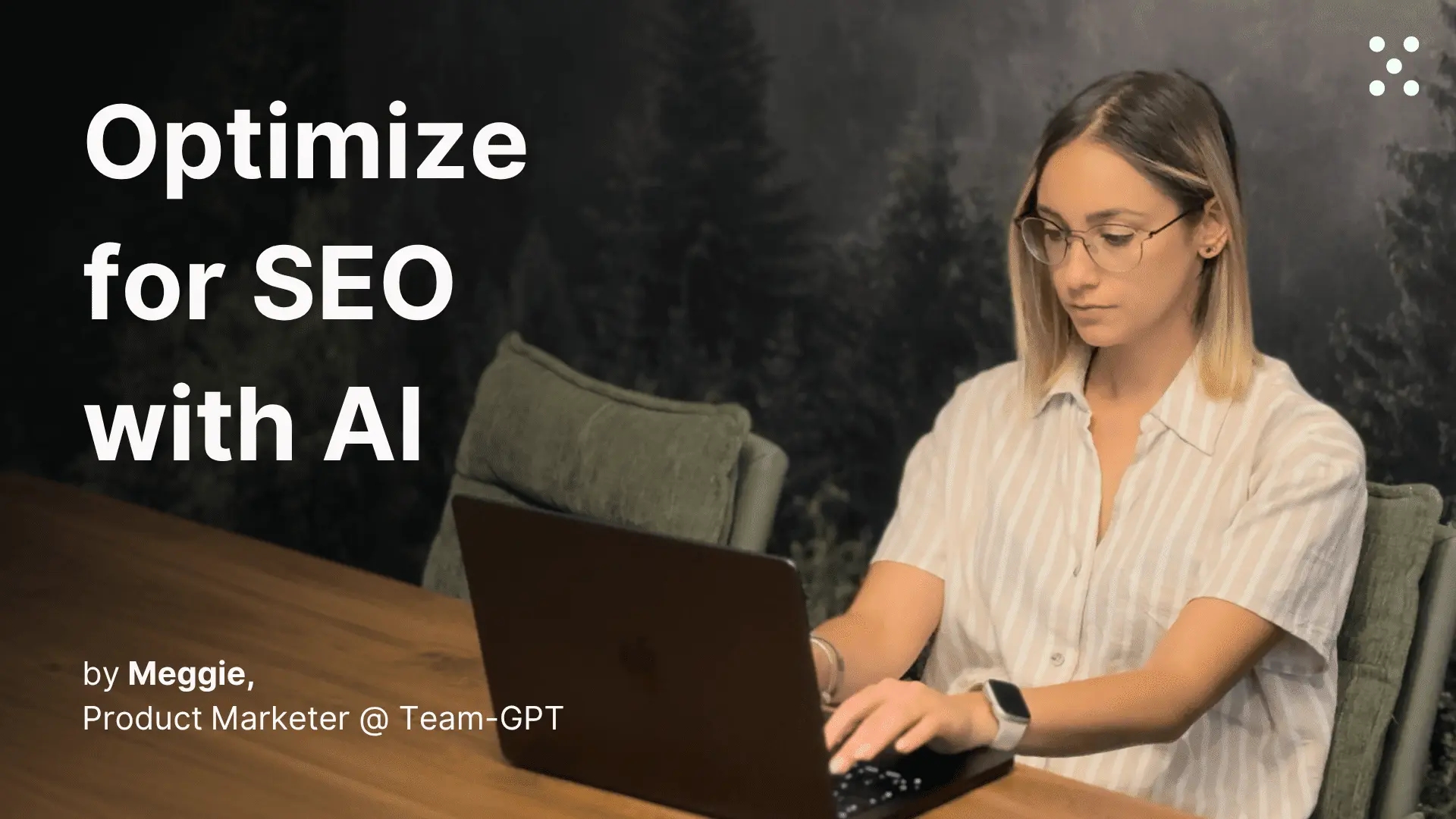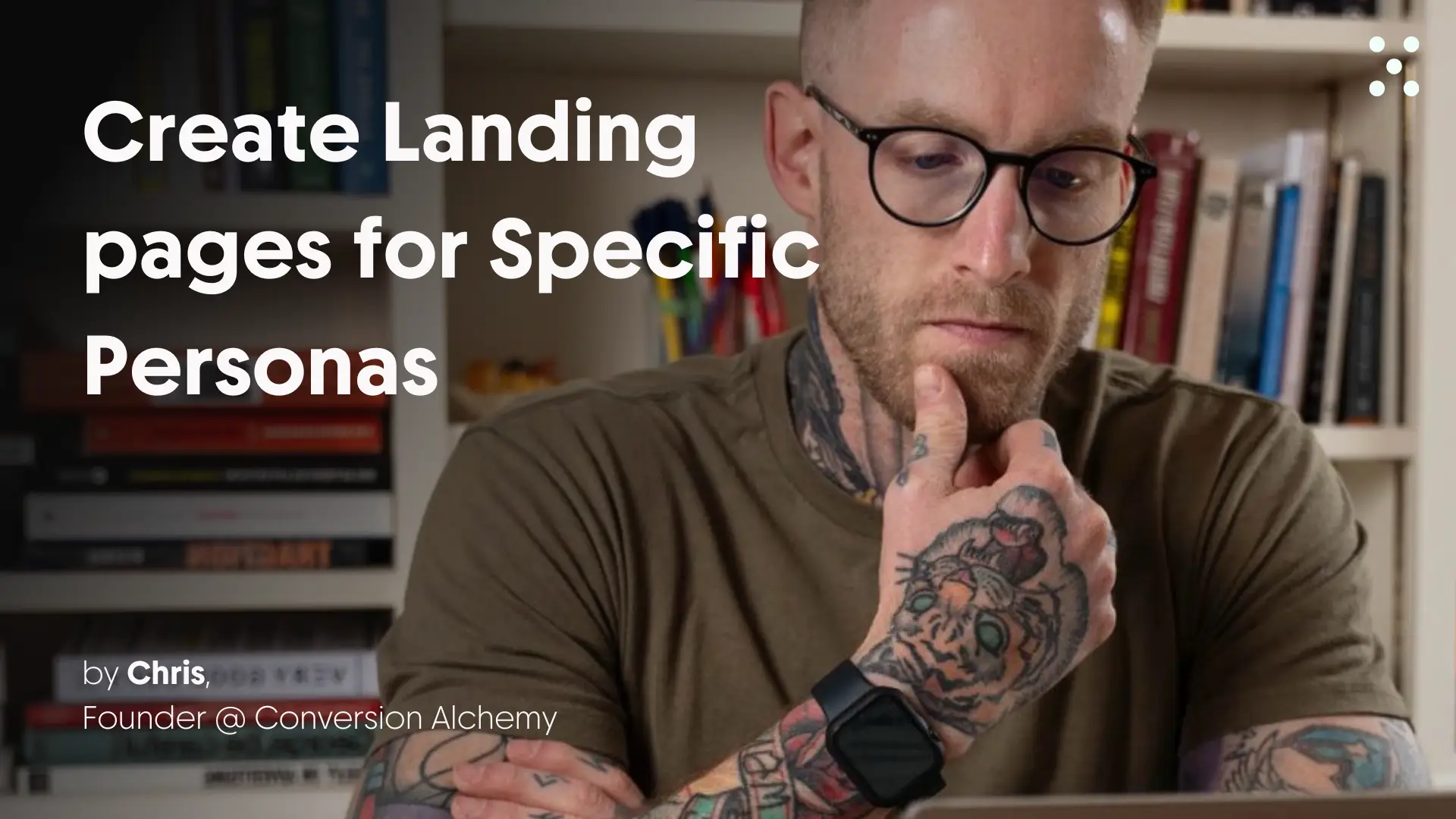How to create SEO blog post outlines
Learn how to create semantic SEO blog post outlines using custom brief rules and competitor analysis
Step 1: Create a Project and set up Project knowledge
Start by creating a new Project in Team-GPT for your SEO blog post outlines. This keeps all your content briefs organized in one place.
Next, add the following to Project knowledge:
Content brief rules
This is where you define exactly how your outlines should be structured. Add your specific requirements as Project information. Here's what John's team at House of Growth uses:
Example briefs
Upload 2-3 of your best-performing content briefs so the AI can learn your preferred format and structure.
Benchmark articles
Add links to top-ranking competitor articles that you want the AI to analyze for information gain. These serve as the baseline that your content should exceed.
By setting up Project knowledge this way, the AI will reference these rules and examples every time you create a new outline, ensuring consistency across all your content briefs.
Step 2: Add your SEO outline prompt
Open a new chat in your Project and paste this prompt:
This prompt has four variables that you'll fill in each time you need a new outline. The double curly brackets indicate where you'll input your specific information.
Save the prompt to your Prompt library. This way, you can reuse it anytime you need to create a new outline without having to retype it. Just open the Prompt library, select your saved SEO outline prompt, and fill in the variables for your new topic.
Step 3: Fill in the prompt variables
Now comes the research phase. Here's how John fills in each variable:
Topic
Start with the main subject you're writing about. For example, "how to write a cold email."
Title
Create your working title based on the topic. John uses formats like "How to write a cold email: guide for beginners."
Primary keyword
This is your main target keyword. In this case, "how to write cold email."
Secondary keywords
This is where most people make mistakes. Don't guess at these. Here's John's exact research process:
- Search your primary keyword in Google
- Open the top 3 ranking results
- Copy each URL and paste it into Ahrefs' Site Explorer (or your preferred SEO tool)
- Look at what other keywords those pages rank for
- Pick the relevant ones and copy them
- Repeat this process for all three top-ranking articles
- Paste all the secondary keywords into your prompt
This approach recognizes that modern SEO isn't about ranking for a single keyword. One page should target multiple related topics that your audience cares about.
Example brief
Reference one of the example briefs you added to Project knowledge, or leave this blank if you want the AI to follow the general rules.
Once you've filled in all the variables, run the prompt.
Step 4: Review the outline with human expertise
Team-GPT will generate a comprehensive outline based on your rules and benchmark articles. But this is where the human-in-the-loop approach matters.
Here's John's review process:
Compare headers with top-ranking articles
Open the top results for your target keyword side-by-side with your outline. Does your structure cover the same ground? Are you missing anything important?
Remove unnecessary sections
If a section doesn't add value, cut it. For example, if someone is searching "how to write a cold email," they probably already know what a cold email is. John asks himself: is this section just fluff, or does it genuinely help the reader?
Add product integration
This is especially important for product-led content marketing. Look at your outline and identify where you can naturally embed your client's product. If you're writing for an email outreach tool, show readers how to send cold emails using that specific tool, or how it can improve their open rates.
Verify the key points
Review the talking points under each header. Add any client-specific information, data, or statistics that would make the content more valuable than what's already ranking.
Check the NLP-optimized paragraphs
The AI provides example paragraphs under each H2 to show what semantically rich content looks like. John sometimes takes these into a follow-up chat and asks, "Why is this paragraph NLP-optimized?" or compares them with existing content to help his writers understand what makes them effective.
This review process ensures the outline isn't generic. It becomes a strategic document that reflects your expertise and product knowledge.
Step 5: Export and send to your writers
Once you're satisfied with the outline, copy it from Team-GPT and transfer it to Google Docs or your preferred writing tool.
This becomes the brief your writers work from. They have:
- A clear structure with labeled H2s and H3s
- At least 5 talking points per major section
- Semantic keywords to include in each paragraph
- NLP-optimized example paragraphs for reference
- Relevant statistics and resources
- A FAQ section template
- Clear word count targets (2500-3000 words)
The writers don't need to start from scratch or guess at structure. They can focus on what they do best: creating compelling, valuable content that serves the reader.
And because you've already done the competitive research and strategic thinking, the brief gives them everything they need to write something that actually ranks.
Tips for better results
- Be specific in your brief rules: The more detailed your content brief guidelines are in Project knowledge, the better your outputs will be. John's team has 15 specific rules that define everything from header format to keyword placement to word count.
- Update benchmark articles regularly: SEO changes. The articles ranking today might not be the same ones ranking in six months. Refresh your Project knowledge with current top performers.
- Don't skip the secondary keyword research: This is where the real SEO value comes from. Taking 10 minutes to research what else top-ranking pages target will save you from writing content that misses important topics.
- Use the NLP examples as teaching tools: Share the NLP-optimized paragraphs with your writers and explain why they work. This helps your team understand semantic SEO principles, not just follow a template.
- Keep iterating on your rules: As you learn what works and what doesn't, update your Project knowledge. Your outlines will get better over time because the AI learns from your evolving standards.



%20(1).webp)